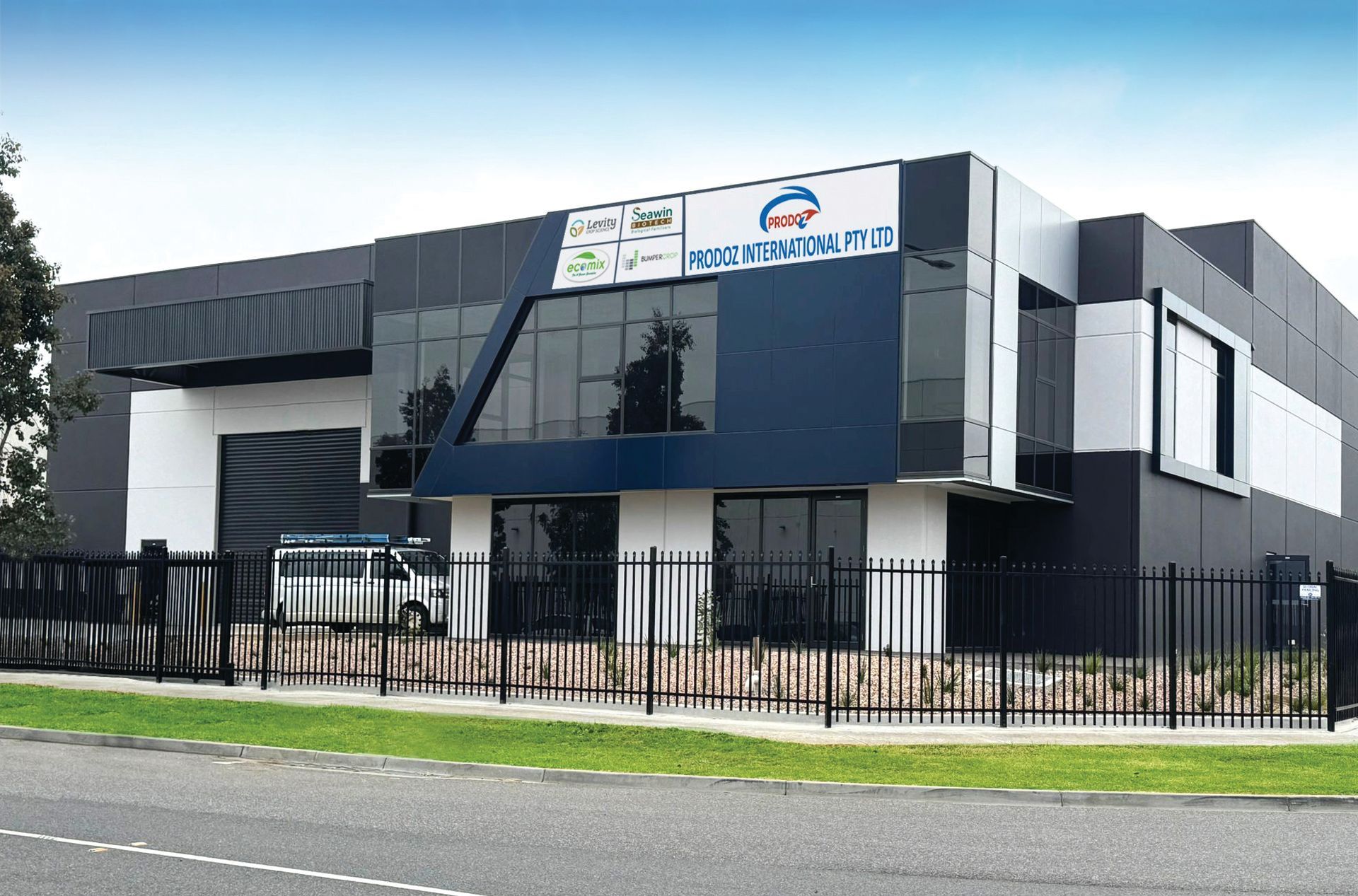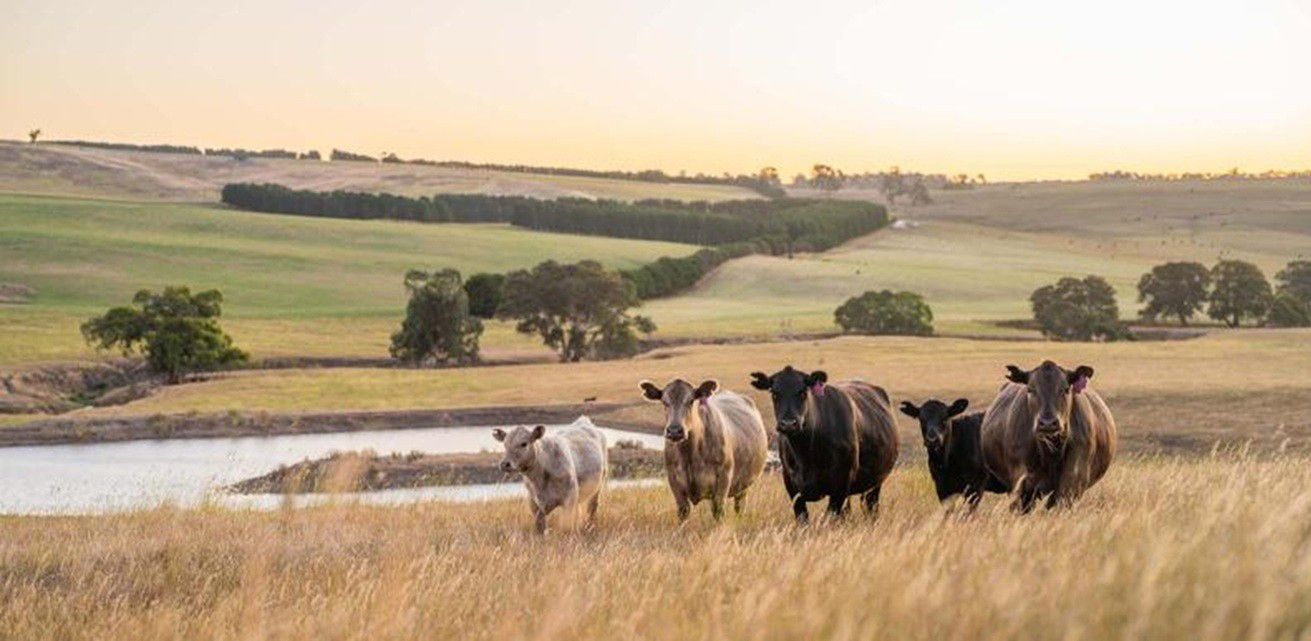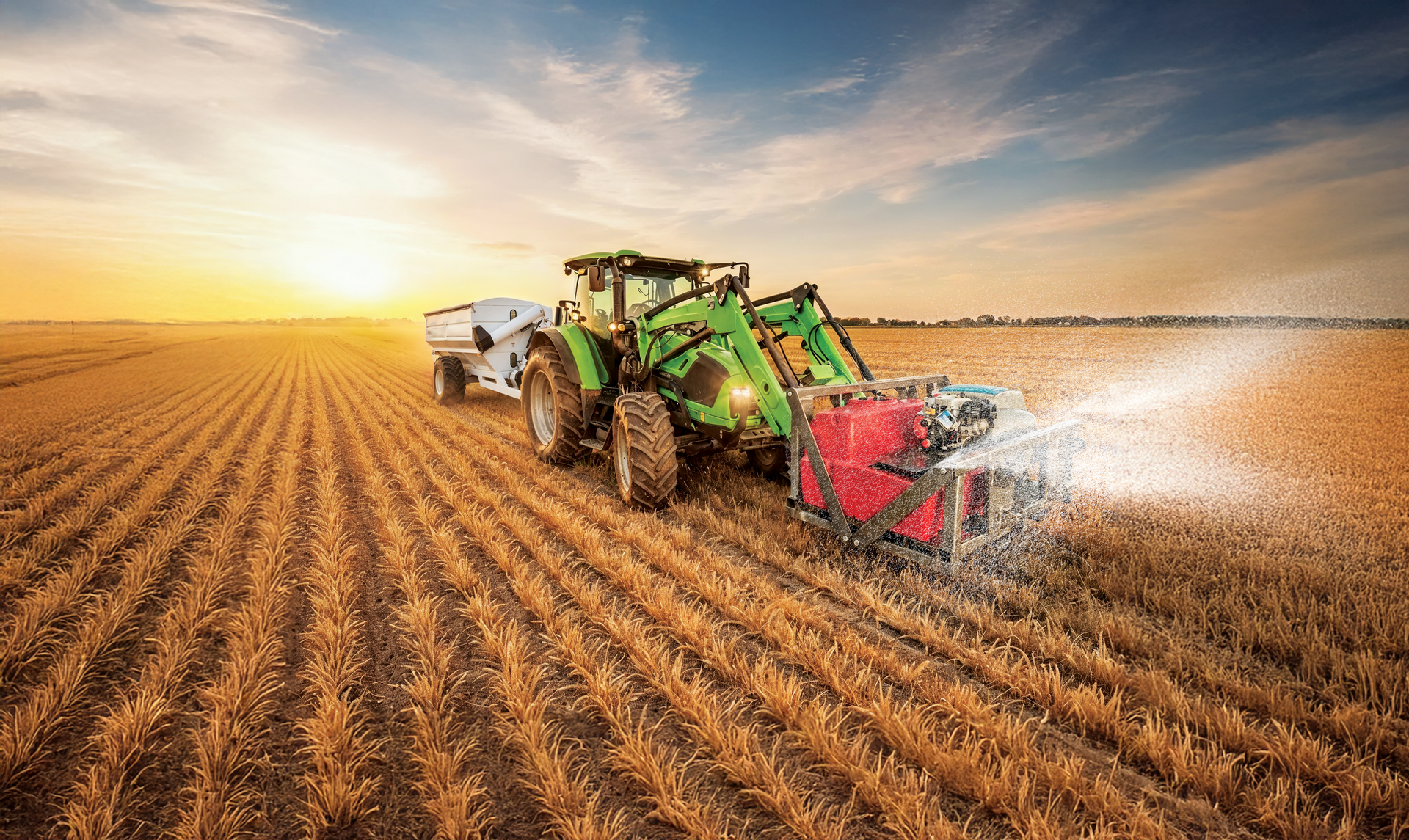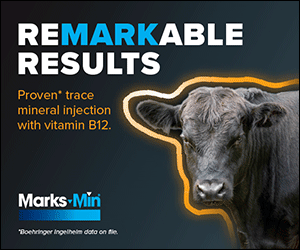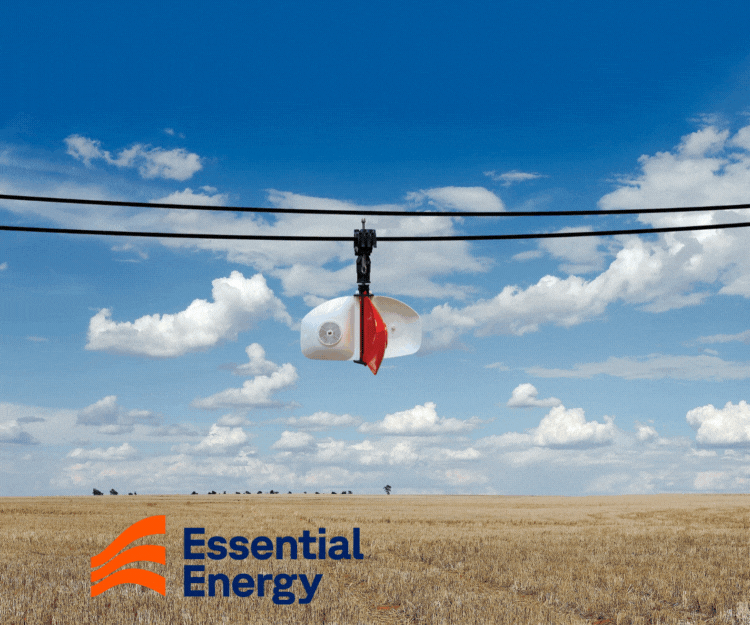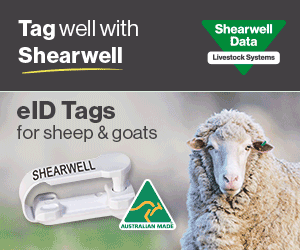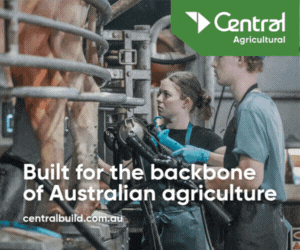1MG FlippingBooks
What does innovation look like? How do we do it?
Australian agriculture and agribusiness is constantly being told it needs to innovate. What does that actually mean in practice, asks Peter Schutz.
Innovation has become a fashionable word in Australia in recent years. In December 2015 the Australian government announced a National Innovation and Science Agenda (NISA), and individuals and organisations in all industry sectors are being urged to become more innovative.
But was does this mean? And, in the case of the agriculture and agribusiness sector, how does it translate into action?
One of the six Industry Growth Centres established in 2013 is Food and Agribusiness and it is now working under the NISA framework. Food Innovation Australia Ltd (FIAL) – an independent company with an industry-led board – is responsible for managing this Growth Centre. FIAL is looking to promote innovation at all stages of the food cycle – from paddock to plate – but it is not enough to innovate in just one area. Innovation, to be truly effective, needs to take place across the supply chain.
This means the Australian food and agribusiness industry needs to work collaboratively. We need all components of the industry – farmers, the business community, food processors, governments and the wider supply chain – to all work together.
Australian agriculture has largely lacked this culture of collaboration, and that is impacting our readiness for engagement with the huge market potential of the emerging Asian middle class. There is still a lot of xenophobia in Australia, but we need these foreign markets to invest in the Australian food and agribusiness sector because they will guarantee us markets.
The Australian food and agribusiness industry is a very important contributor to the Australian economy. The food and beverage, grocery manufacturing and fresh produce industry represents nearly one third of the total Australian manufacturing industry by turnover.
With the growing issues of food security, availability of arable land, changing diets of the developing countries and the nutrition demands of the emerging middle class in Asia, Australia is ideally positioned to provide solutions to these challenges and opportunities.
But too many farmers, graziers and companies further down the food chain are thinking and acting as they did in the past. Most farms are still family farms, but in a competitive global economy they need to be run as competitive businesses. The same is true of food processing and manufacturing – global pressures are changing the industry and those that do not adapt will not succeed.
We have seen the results of this already. It is no good complaining about the changes – we need to embrace them.
Through Australia’s established food manufacturing infrastructure and footprint, businesses and other industry stakeholders have the opportunity to transform and add value to our vast agricultural resources and provide economic benefit to all stakeholders in the entire value chain. But to do this they need to pull together – we need a coalition of the willing.
The signs are promising. The National Innovation and Science Agenda is particularly strong on promoting collaboration and networking. This is fundamental in developing the food and agribusiness strategy that FIAL is building, to develop innovation policies and strategies for the industry.
But we cannot do it alone. Everybody in the industry needs to adopt a mindset of cooperation and collaboration, with other parties within the industry, outside the industry and outside of Australia. The future success of agribusiness in Australia is as part of the global ecosystem, which means many preconceived notions need to be discarded.
Ultimately, innovation is a mindset, rather than a practice. If we can all start thinking differently, then acting differently will follow. And that is what we need.
The lesson: Innovation needs collaboration, and a willingness to do things differently.
About the author: Peter Schutz is Chairman of Food Innovation Australia Ltd (FIAL), which was founded in 2013 under the Australian government’s Industry and Innovation Initiative. Mr Schutz also serves as Co-Chair on the CSIRO Agriculture & Food Advisory Committee, as Chair and President of the Australian Institute of Food Science and Technology, and serves on the boards of Lupin Foods Pty Ltd, Fermentation Tasmania Pty Ltd and GLNC Ltd. From 2000 to 2011 he was Group Technical Director for George Weston Foods and CEO of George Weston Technologies. He has also worked for Meadow Lea, Serrol Ingredients, Quality Bakers, Good Food Products, and NSW Egg Corporation. He started his career as a master brewer at Tooth and Company, where he spent 11 years. He has an honours degree in biochemistry and microbiology from the University of Sydney, a degree in wine science from Charles Sturt University and is a Fellow of AIFST and AICD.
